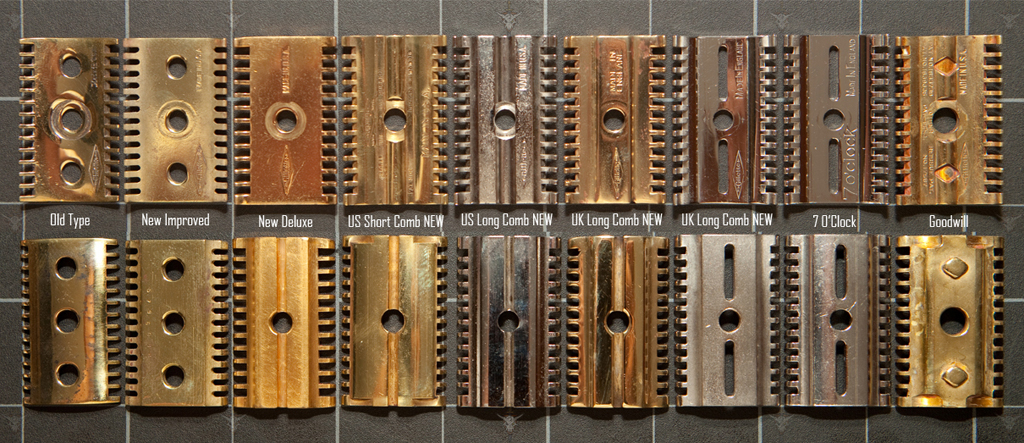Caution: We're in true geek territory here!
Puzzle me this: I just got two The NEW razors. One of them is a LC "Red & Black" set. The other is a SC "Bostonian" set. Both have the "common bar" handle. However, when I first picked them up the SC (Bostonian) seemed heavier than the LC (Red & Black). When I weighed them, I found the overall weight to be slightly different. So, I weighed each indivual piece and found that, while the bar handles and top plates are the same weight, the base plate of the LC is around 15g, but the base place of the SC is about 2 grams heavier.
Natually, the base plate constructions are different, but contrary to common sense, the base plate of the LC is lighter than that of the SC. Has anyone else ever noticed this?
Here are some comparison pictures of the LC and SC base plates:
View attachment 334882View attachment 334883
Puzzle me this: I just got two The NEW razors. One of them is a LC "Red & Black" set. The other is a SC "Bostonian" set. Both have the "common bar" handle. However, when I first picked them up the SC (Bostonian) seemed heavier than the LC (Red & Black). When I weighed them, I found the overall weight to be slightly different. So, I weighed each indivual piece and found that, while the bar handles and top plates are the same weight, the base plate of the LC is around 15g, but the base place of the SC is about 2 grams heavier.
Natually, the base plate constructions are different, but contrary to common sense, the base plate of the LC is lighter than that of the SC. Has anyone else ever noticed this?
Here are some comparison pictures of the LC and SC base plates:
View attachment 334882View attachment 334883




